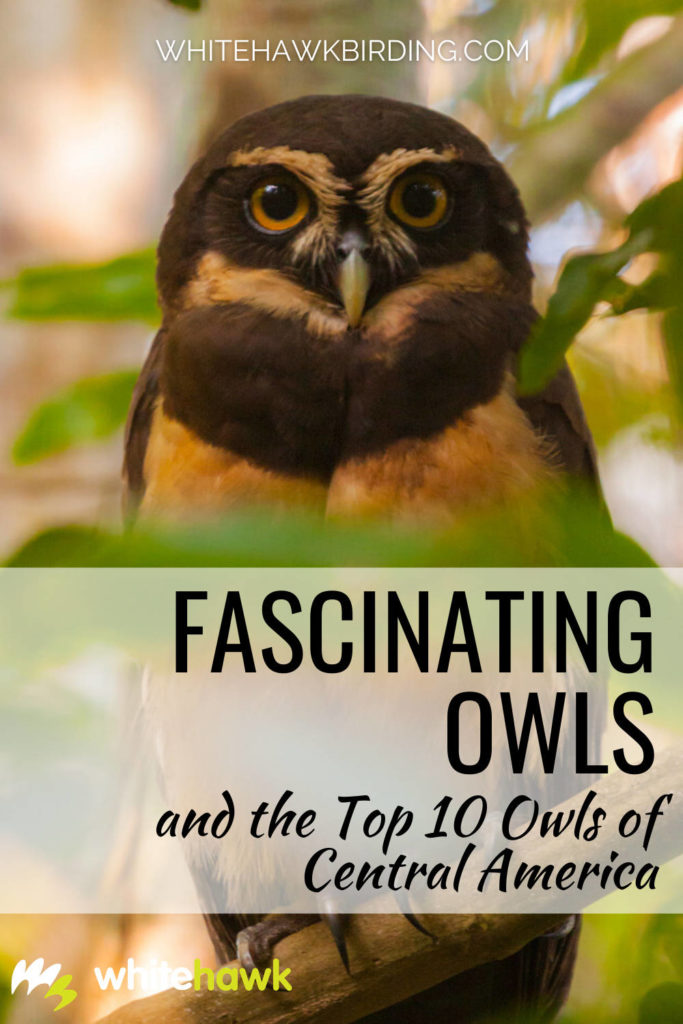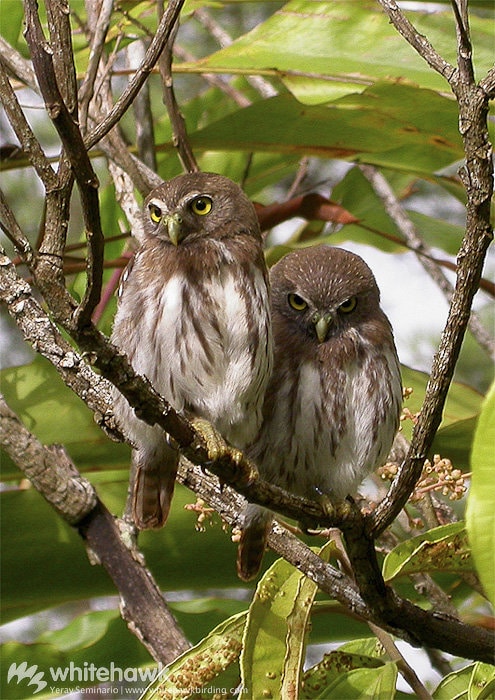
It is true that owls are one of the most eye-catching and unique birds around. In all our work doing environmental education in different countries and with different cultures around the world, it is clear that some animals just get a bad rap. Sadly, some of the most vilified animals are the owls. Many cultures perceive owls as harbingers of doom. It is believed that an owl sighting in the middle of the night means someone will die the next day, or hearing the haunting screech of a Barn Owl will bring evil spirits. But the truth is, owls are one of the most fascinating birds around. They are important components of the ecosystems in which they live, serving as free, non-toxic pest control. For example, a single Barn Owl can consume over 1,000 rodents in just one year. Owls also have some incredibly amazing adaptations for survival.
Owl Adaptations
Silent flight – Owls are famous for their ability to silently sneak up on prey, flying mere meters from them without being detected. This is all thanks to their flight feathers. When most birds fly, the air passing over their wings makes a “whooshing” sound. Owls, however, have very soft feathers with additional barbs, as well as a “combed” edge on the first foremost wing feathers that muffle the sound as they fly.
Asymmetrical ears – Because most owls are nocturnal, they rely heavily on their hearing, as well as their sight, in order to catch prey. Many owls thus have asymmetrical ears – meaning one is higher on its head than the other. This allows for them to triangulate sound. Owls have been known to catch rodents burrowing beneath snow, sight unseen! Some species, such as the Barn Owl, are able to catch prey in complete darkness. A special feather arrangement on their face, called a facial disk, further assists their excellent hearing by directing sounds into their large ears.
Feather “ear” tufts – Some species of owls have elongated tufts of feathers on their head, which resemble ears, but have nothing to do with their hearing. These feathers help an owl with camouflage, breaking up their round head profile, and thus assist with blending in with tree bark or other natural surfaces.
Owls of the Neotropics
The Neotropics boasts a large number of interesting owls from the highly localized Pernambuco Pygmy-Owl, known from only two locations in Pernambuco, Brazil, to the cosmopolitan Barn Owl, which is found throughout much of the Americas and beyond. Cuba was once home to the now-extinct Ornimegalonyx, or Cuban Giant Owl. This possibly-flightless owl stood over 3 feet tall and is believed to be the largest owl ever to have existed. Fossils of “giant” Barn Owls have also been discovered in Cuba and other Caribbean Islands.
For many birders, owl sightings can be a highlight of their birding excursions. Thankfully, many owl species can be seen relatively easily. Here is a list of some of our favorites from Central America and the Caribbean.
Spectacled Owl
One of the larger owls in the Neotropics, this species is named for the off-white rings around its eyes – giving it the appearance of wearing glasses. It is the only species of the genus Pulsatrix to have yellow eyes. As nocturnal hunters, they feed on a variety of prey including tree rats, opossums, bats, agoutis, frogs, medium-sized birds and even invertebrates and crustaceans such as caterpillars, spiders and crabs. They are often seen during our tours in Panama and Belize.
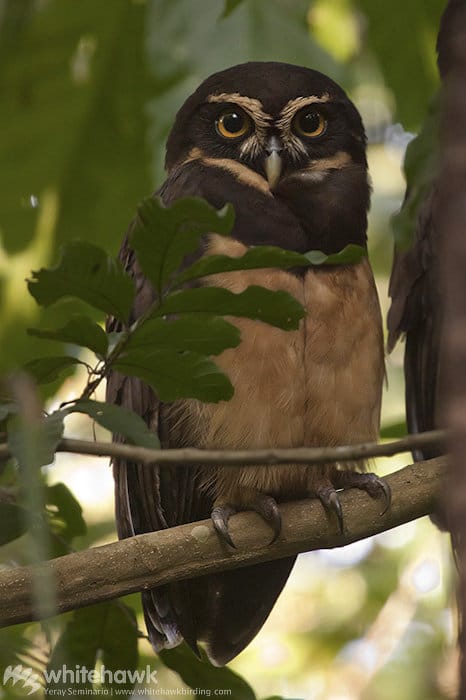
Black-and-white Owl
A striking owl of the rainforest canopy, the Black-and-white Owl has fine barring over its entire body, lacks feather tufts and has large, dark eyes and a bright yellow beak and feet. This owl gives a series of loud hooting calls and cat-like screams, distinct when heard at night. It preys on bats, mammals and insects in the forest canopy. It is possible to find it roosting during the day, but it is not as easily detected as other owl species since it prefers to roost high in the canopy.
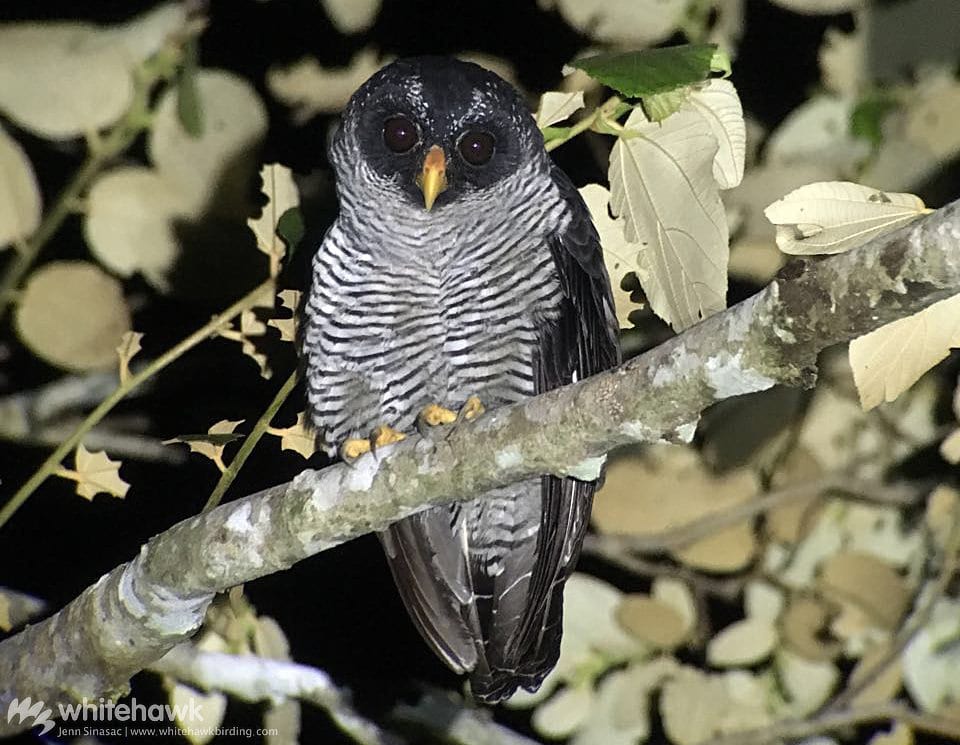
Crested Owl
The Crested Owl is best recognized by its long, white, feather tufts that extend from the tops of its beak, giving it a very unique appearance! This owl is very nocturnal. You are more likely to encounter this species during the day, where it often roosts low in the rainforest understory , usually in pairs. It has a very low-pitched, growl-like call.
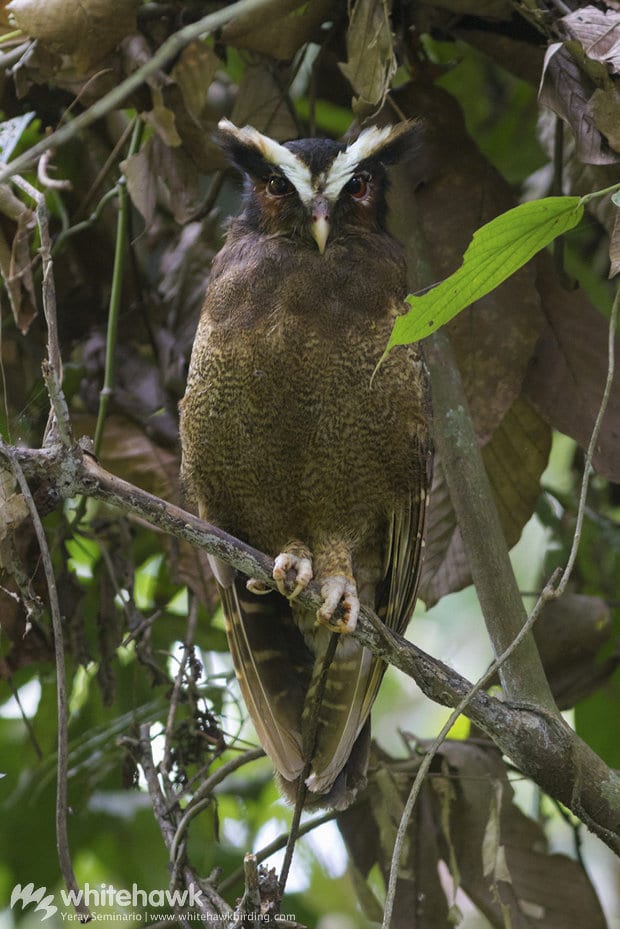
Stygian Owl
This large owl is found in Central and South America and in the Caribbean. Its long ear tufts and dark plumage make it hard to confuse with any other species in its range. It feeds on mammals, reptiles, birds, insects and crustaceans. It will sometimes nest in abandoned nests built by other bird species, and will also sometimes nest on the ground. We have had good luck spotting this owl during our trips to Belize and Cuba.
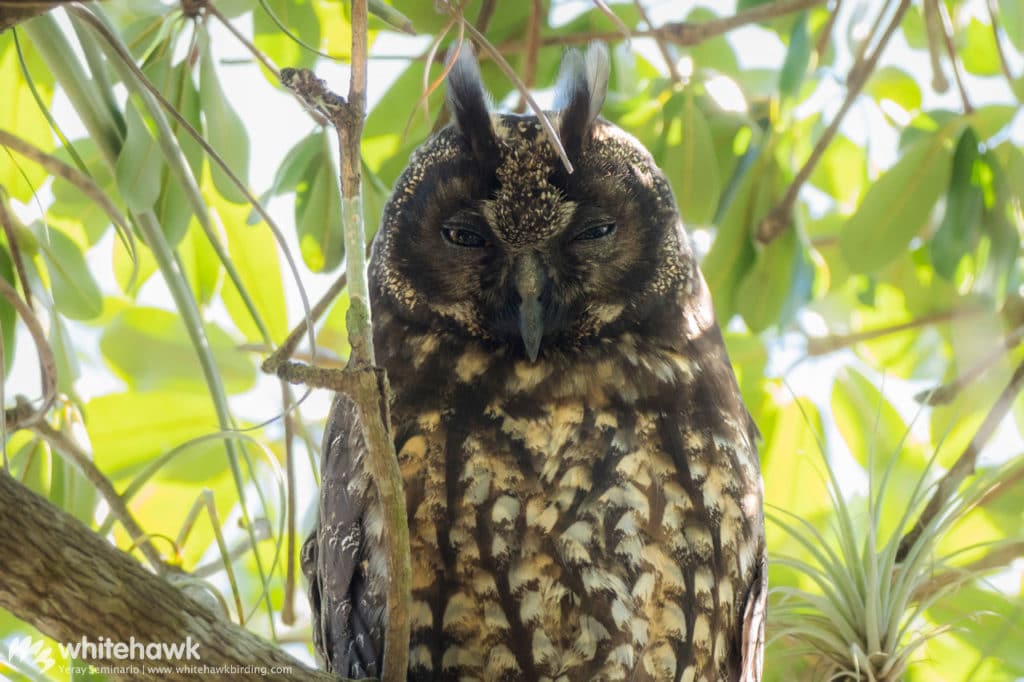
Striped Owl
One of the most unusual looking owls in Central America, the Striped Owl has a very distinct, dark facial disk contrasting with light plumage and streaking on the breast. It can be found at forest edge, roadsides, fields and even suburban parks, and tends to be active later at night. This owl has a patchy distribution in the Neotropics from Mexico through tropical South America. However, it is likely expanding its range as deforestation provides more suitable habitat for this poorly-known and overlooked species.
Cuban Pygmy-Owl
Endemic to Cuba, this small owl is both lovely and noisy. It breeds in holes in trees, usually created by woodpeckers. It is active during the day, and is the most-observed of the owls in Cuba. However, information on its breeding biology, diet and behavior is lacking. Observing this relatively easy to spot owl is a highlight of our trips to Cuba.
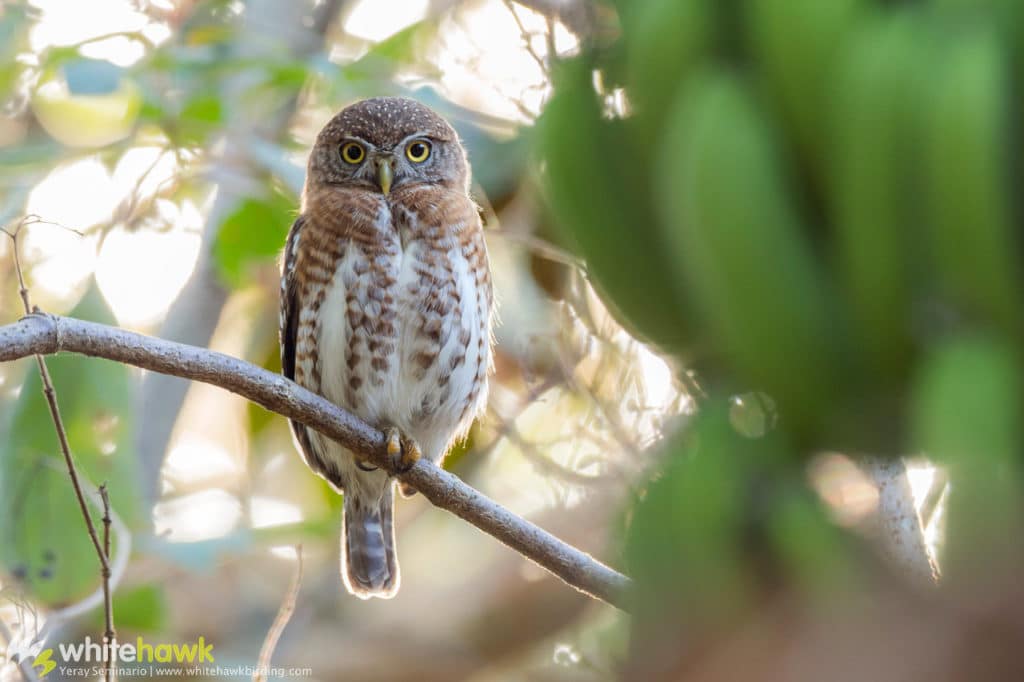
Bare-legged Owl
Also known as the Cuban Screech-Owl, this unique owl is the only member of the genus Margarobyas, and is also endemic to Cuba. This small owl feeds on arthropods and frogs, which it often snatches up from the ground. It nests in tree cavities. Seeing the Bare-legged Owl is another high point on our trip to Cuba.
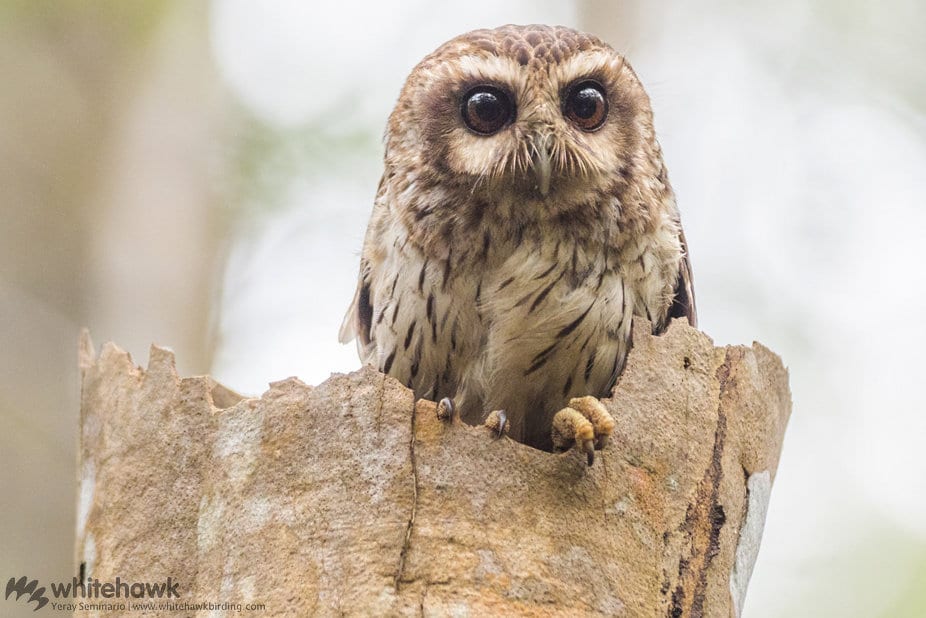
Jamaican Owl
Endemic to the island of Jamaica, this owl is the only species in the genus Pseudoscops. It is distinctly tawny-colored overall with dark eyes, and has small feather tufts. The Jamaican Owl feeds mainly on small prey, and specializes in hunting beetles. It is common and widespread over the island. It is a relatively easy to observe, as it can be found in a variety of habitats including gardens and open parks.
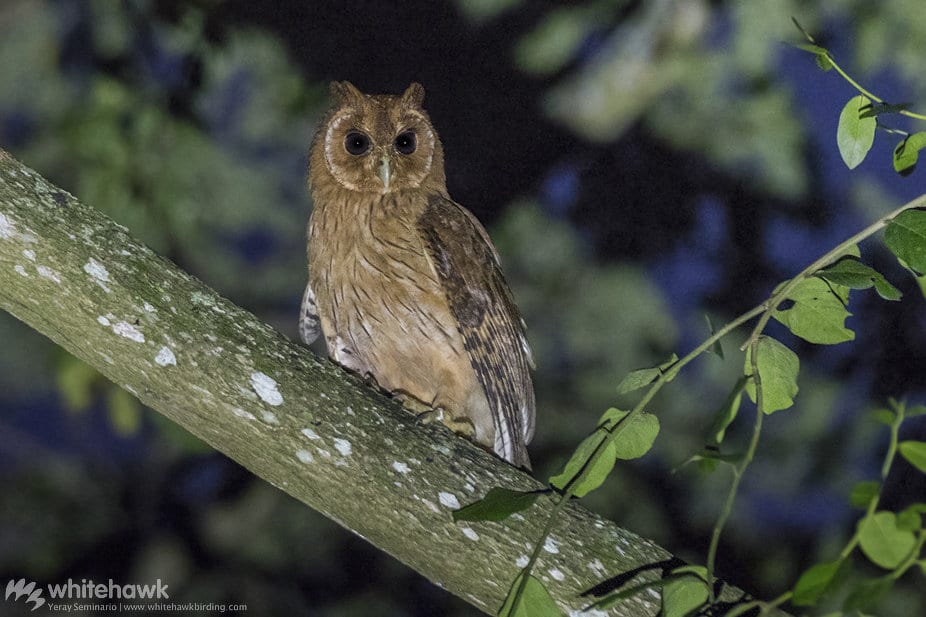
Bare-shanked Screech-Owl
From Costa Rica to Colombia, this owl makes its presence known most often by its distinctive call. We can distinguish it from other screech-owls by its tawny facial disk, white markings on the underparts, and proportionately large head with small ear tufts. A highland species, we can sometimes spot this owl at night along the road to the top of Volcan Baru, Panama, and other trails through cloud forest.
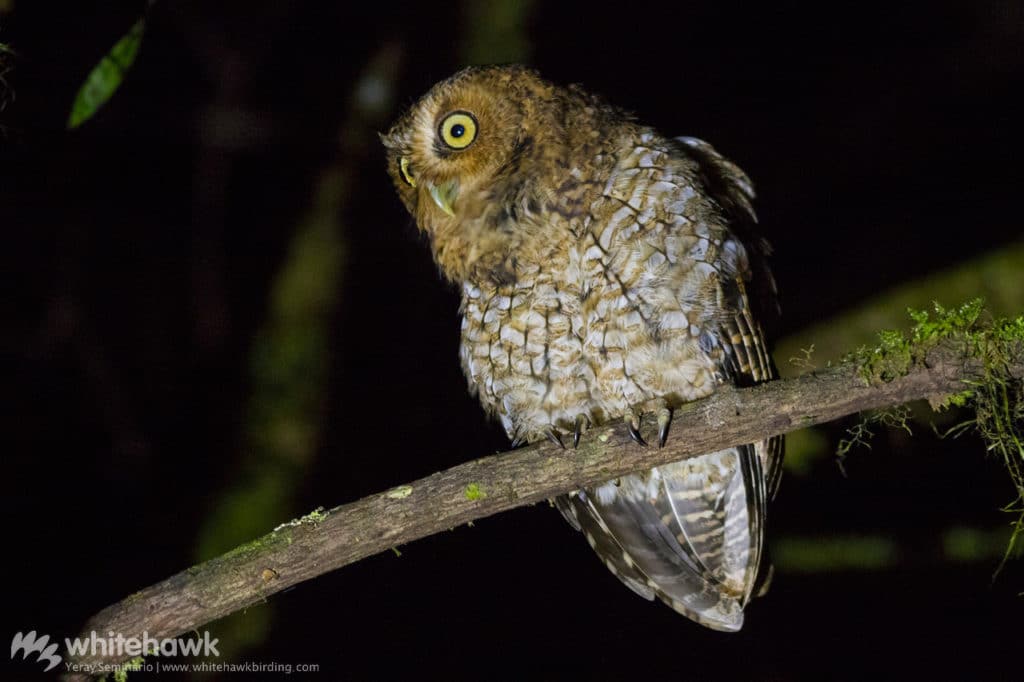
Unspotted Saw-whet Owl
The Unspotted Saw-whet Owl is endemic to middle America, restricted to higher elevation forests. It resembles its tiny North American counterpart in size and shape, but lacks the spotting and streaking. It is very elusive, and not much is known about its natural history. One of the best places to spot this owl is on Volcan Baru in the highlands of Panama. We are most likely to find this owl by listening for its call after dark, and sightings are a thrill!
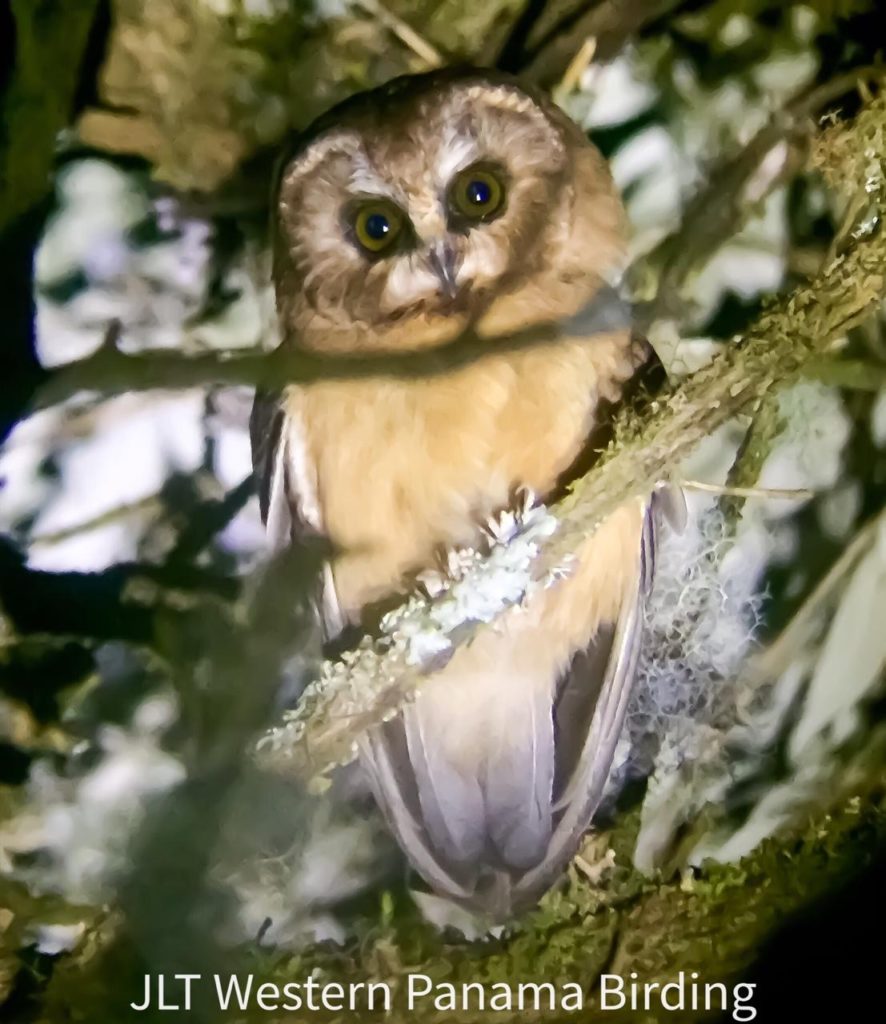
Of course there are other fascinating and beautiful owls in the Neotropics. There are some great online resources, such as eBird (explore species). and the Peregrine Fund’s Explore Raptors. Owls have adapted to inhabit almost every ecosystem and elevation range in the American tropics, allowing their great diversity. One of the things we love about owls is that every sighting is memorable and rarely forgotten! Ask us about finding owls on our tours, we would love to make these special birding memories for you!

